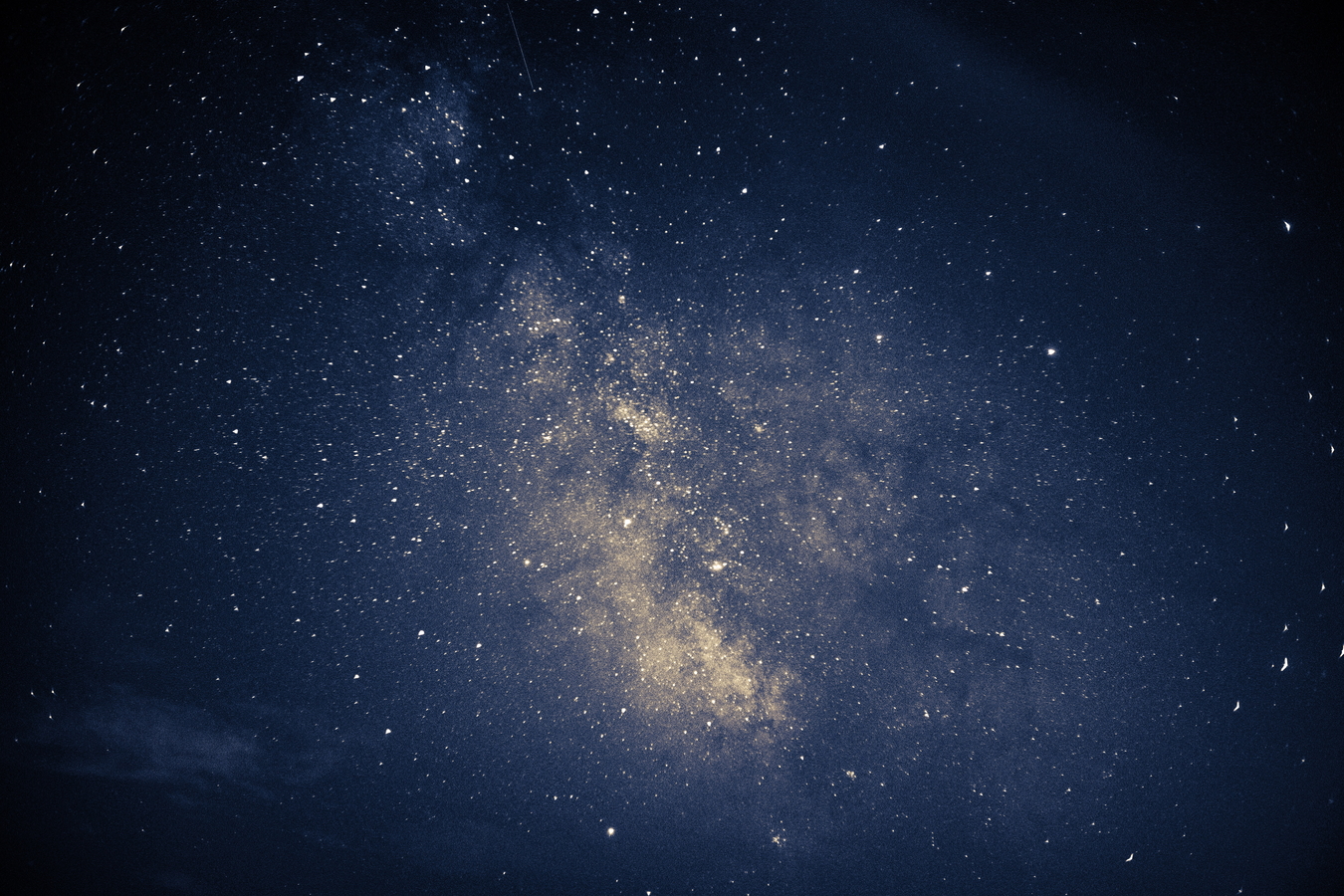Overview
The advent of efficient wide-area instruments over the past decade has enabled many deep optical/NIR surveys covering ~deg^2 fields. These wide-area fields are uniquely capable of sampling both the largest ionized bubbles thought to have formed during reionization, as well as rare massive z>6 galaxies which are sufficiently bright to be studied in detail with existing facilities. In this talk, I will present several results characterizing the ionizing properties, AGN activity, and host ionized bubbles of a new sample of massive Lyman-break z~7 galaxies identified across 7 deg^2. We find that a significant fraction (23%) of massive reionization-era galaxies exhibit extremely strong [OIII]+H-beta emission (EW > 1200 Angstroms), suggesting these early systems were highly efficient producers of both bound star clusters and ionizing photons. Utilizing spectroscopic follow-up in both the rest-UV and far-IR, we also find signatures of AGN activity within multiple confirmed galaxies, granting insight into early supermassive black hole growth as well as the potential contribution of AGN to reionization. Finally, we present the discovery of a very large (R~3 physical Mpc) ionized bubble associated with a strong overdensity of massive z=6.8 galaxies in the wide-area COSMOS field. These results help demonstrate how future wide-area z>7 Lyman-alpha spectroscopy with e.g., MIRMOS can identify and characterize the largest HII regions formed during reionization.
